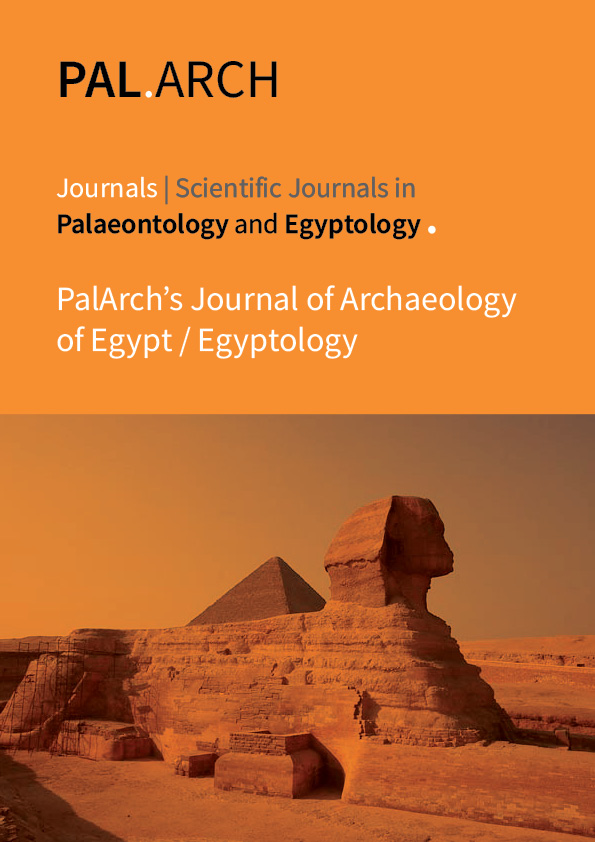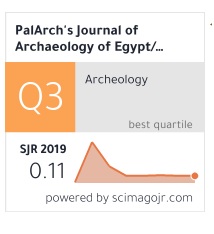GRAMMATICAL COHESION IN H. G. WELLS' “THE COUNTRY OF THE BLIND" IN TERMS OF HALLIDAY AND HASAN'S MODEL
Abstract
Cohesion and text are integral terms since it is considered as an aspect that combines the relations of meaning within a text to make it an integrated unit. It is pointed out as a group of semantic and structural constructions that relates the sentences within a text.Cohesion is generally interested with two broad categories: 'grammatical cohesion' and 'lexical cohesion'. These categories mirror a view on language that treats grammar and lexis along separate lines. The present study is an attempt to investigateWells usage of grammatical cohesion in terms of Halliday and Hasan's Model (1989) and observes whether there is any relationship between the grammatical ties and the literary analysis of the story. The researcher analyses the story of H. G. Wells' "The Country of the Blind" and proves that the followed model represents a successful tool for literary discourse studies as well as there are skilful and powerful cohesive strategies employed in the selected text.



